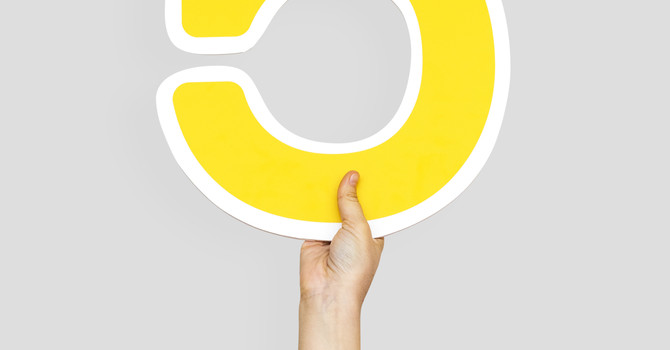
Anxiety is a natural part of being human. It’s our mind and body’s built-in alarm system, designed to protect us from danger. But sometimes, that alarm can become overactive, firing even when there’s no real threat. This is when anxiety moves from a helpful signal to a distressing experience that interferes with daily life.
At its core, anxiety is a response to perceived danger. Our brain’s amygdala, responsible for detecting threats, sends signals that activate the fight-flight-freeze response. This can cause physical symptoms like a racing heart, shallow breathing, and muscle tension. Emotionally and mentally, anxiety can show up as worry, restlessness, difficulty concentrating, or feeling on edge.
Many people experience anxiety in a variety of ways. For some, there is a constant hum in the background. For others, it feels like being hijacked by fear in the blink of an eye. It can interfere with relationships, work, sleep, and even self-worth.
There are different types of anxiety disorders, including:
-
Generalized Anxiety Disorder (GAD): Persistent and excessive worry about various aspects of life, often accompanied by fatigue, irritability, and trouble sleeping.
-
Panic Disorder: Sudden episodes of intense fear, often with physical symptoms such as chest pain, dizziness, and the feeling of losing control.
-
Social Anxiety Disorder: Deep fear of social situations or being judged by others, leading to avoidance and isolation.
-
Specific Phobias: Intense fear of specific objects or situations like heights, flying, or needles.
Understanding anxiety means recognizing it not as a weakness but as a sign that something inside us needs attention. It’s a clue to slow down, get curious, and start healing.
Reflection: What are your first signs of anxiety? Do you feel it in your chest, your thoughts, or your behaviours?
.JPEG)
.JPEG)





